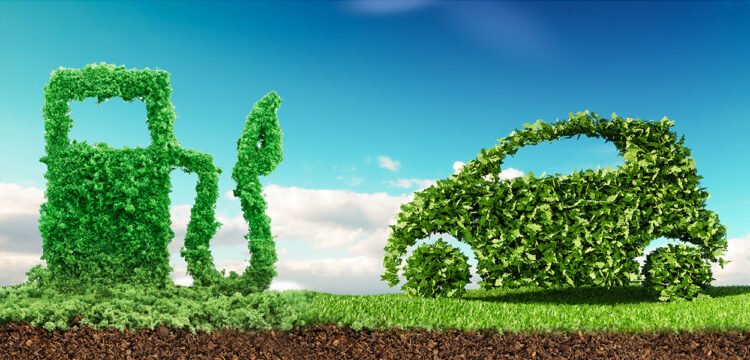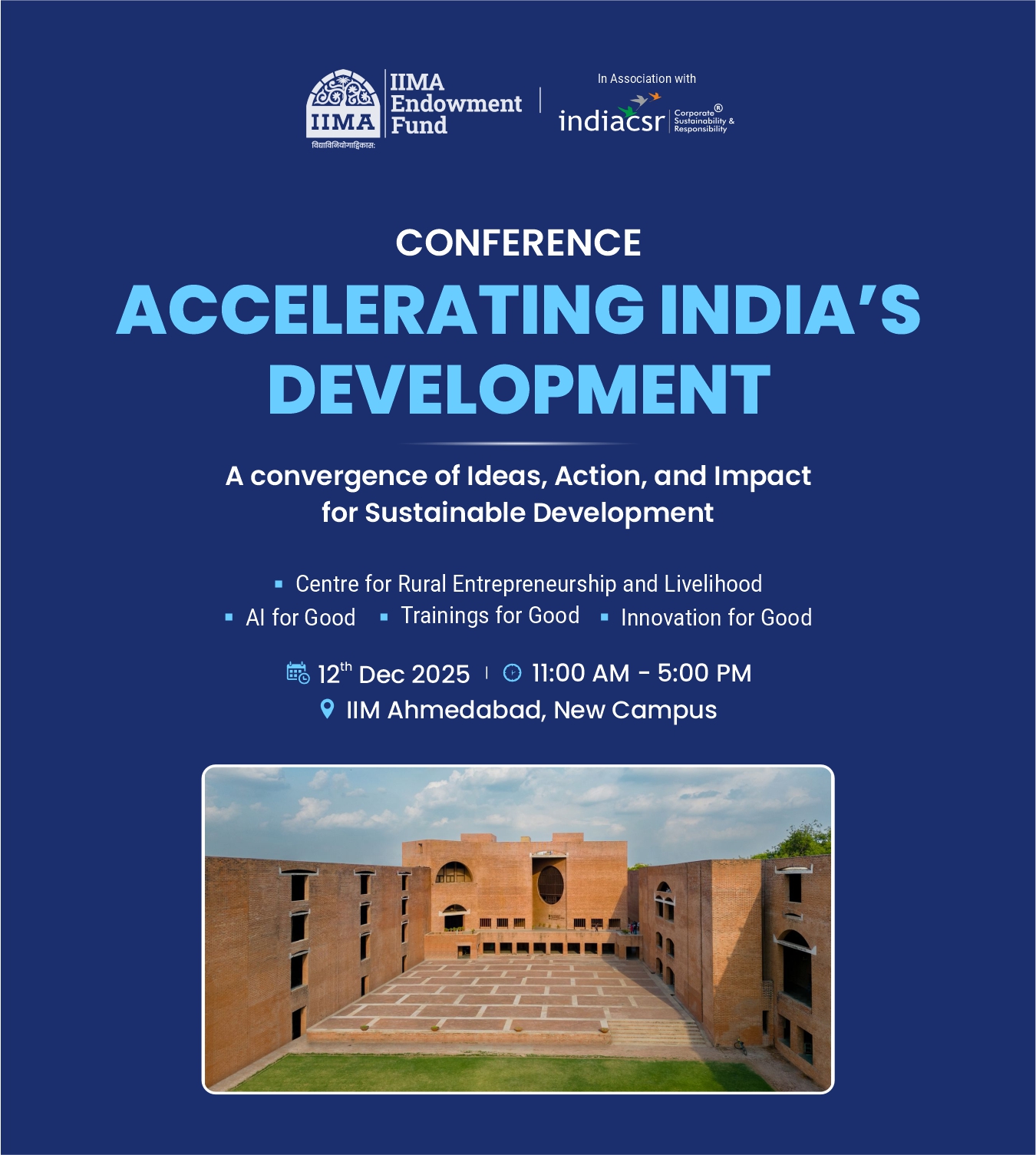Methanol Economy is a hot topic in India among business leaders. According to Government of India website, the Concept of “Methanol Economy” is being actively pursued by China, Italy, Sweden, Israel, the US, Australia, Japan and many other European countries. 10% of fuel in China in transport Sector is Methanol, a clean-burning drop in fuel which can replace both petrol & diesel in transportation & LPG, Wood, Kerosene in cooking fuel.
Hydrogen based fuel systems
Methanol can also replace diesel in Railways, Marine Sector, Gensets, Power Generation and Methanol based reformers could be an ideal complement to Hybrid and Electric Mobility. Methanol Economy is the “Bridge” to the dream of a complete “Hydrogen based fuel system”.
How Methanol can be produced
Methanol is a scalable and sustainable fuel, that can be produced from a variety of feedstocks like Natural Gas, Coal (Indian High Ash Coal), Bio-mass, Municipal Solid waste and most importantly from CO2.
Methanol is a low carbon fuel
Methanol is a low carbon, hydrogen carrier fuel produced from high ash coal, agricultural residue, CO2 from thermal power plants and natural gas. It is the best pathway for meeting India’s commitment to COP 21.
Niti Aayog Methanol Economy Program
NITI Aayog, a policy think tank of the Government of India, running a programme called ‘Methanol Economy’ to promote the use of methanol in various industrial activities. The program also aimed at reducing India’s oil import bill, greenhouse gas (GHG) emissions, and converting coal reserves and municipal solid waste into methanol.
Methanol, a substitute for petrol and diesel
Although slightly lower in energy content than petrol and diesel, methanol can replace both these fuels in the transport sector (road, rail and marine), the energy sector (comprising DG sets, boilers, process heating modules, tractors and commercial vehicles) and retail cooking (replacing LPG [partially], kerosene and wood charcoal).
Bringing down GHG emissions
Blending of 15% methanol in gasoline can result in at least a 15% reduction in the import of gasoline/crude oil. In addition, this would bring down GHG emissions by 20% in terms of particulate matter, NOx, and SOx, thereby improving the urban air quality.
50 Lakh Jobs from Methanol Economy
According to the Govt., Methanol Economy will also create close to 5 million jobs through methanol production/application and distribution services. Additionally, Rs 6000 crore can be saved annually by blending 20% DME (Dimethyl Ether, a derivative of methanol) in LPG. This will help the consumer in saving between Rs 50-100 per cylinder.
Research and innovation on Methanol
The Bureau of Indian Standards has notified 20% DME blending with LPG, and a notification for M-15, M-85, M-100 blends has been issued by the Ministry of Road, Transport and Highways. Test standards and plans for the M-15 blend are being evolved in consultation with the Indian Oil Corporation Limited, Automotive Research Association of India and Society of Indian Automobile Manufacturers. In the railway sector, RDSO is working towards blending methanol in the range of 5-20% through direct fuel injection in locomotives.
Reducing the import of crude oil
According to Niti Aayog, On 5 October 2018, Assam Petrochemicals launched Asia’s first canister-based methanol cooking fuel programme. This initiative is an extension of the Indian Prime Minister’s vision of reducing the import of crude oil and striving towards the provision of a clean, cost-effective and pollution-free cooking medium.
Methanol stoves in Households
Methanol stoves can result in at least 20% savings for households. After the success of the pilot, the methanol cooking program was scaled up to 1,00,000 households in the States of Uttar Pradesh, Maharashtra, Gujarat, Telangana, Andhra Pradesh, Goa, Karnataka, Jharkhand and Manipur.
Establishment of methanol plants
Five methanol plants based on high ash coal, five DME plants, and one natural gas-based methanol production plant with a capacity of 20 MMT/annum, in a joint venture with Israel, have been planned to be set up. Three boats and seven cargo vessels are being built by the Cochin Shipyard Limited for the Inland Waterways Authority of India to use methanol as a marine fuel.
Direct Methanol Fuel Cell
Thermax Ltd has successfully developed a 5 KW methanol-based reformer on a Direct Methanol Fuel Cell (DMFC). This module is being tested to replace DG sets in mobile towers. For direct electricity generation, Kirloskar Oil Engines Ltd has converted a 5 KW generator set to run on 100% methanol. Kirloskar is working towards converting generator sets of 150-300 KVA/KW capacity, in collaboration with Dor Chemicals, Israel.
R&D in methanol production
Under R&D, work is in progress to set up coal-to-methanol plants in India using indigenous technology, which is being developed by BHEL (Hyderabad and Trichy), Thermax, and IIT Delhi. Thermax and IIT Delhi are working on a TPD demonstration plant, while BHEL Hyderabad and Trichy are working on 1 TPD and 40 TPD demonstration plants, respectively.
An R&D project has also been sanctioned by the Department of Biotechnology of Govt. of India to IISc Bengaluru and Praj Industries Pune for the production of methanol from biomass. Phase-I of the production of syngas from biomass was demonstrated in January 2019.
Use of Methanol in Transport Sector
Methanol burns efficiently in all internal combustion engines, produces no particulate matter, no soot, almost nil SOX and NOX emissions (NEAR ZERO POLLUTION). The gaseous version of Methanol – DME can blend with LPG and can be an excellent substitute for diesel in Large buses and trucks. To adopt Methanol as a transport fuel requires minimal infrastructure modifications and capital both in vehicles and in terminal and distribution infrastructure. Methanol 15 % blend (M15) in petrol will reduce pollution by 33% & diesel replacement by methanol will reduce by more than 80%. Urban Transport contributes to close to 40% of urban air pollution.
Air pollution
Annually 400000 deaths take place in India due to air pollution. Field trials are underway for India to adopt the M15 program in the transportation sector. The notification of fuels for M15 & M100 is already complete. Methanol 100% engine will look to replace diesel in its totality.
Methanol an indigenous fuel
One of the reasons why Methanol has the potential to be an enduring solution to human energy needs is because the belched out C02 (greenhouse gas emission) both from using Methanol and while producing Methanol can be tapped back to produce Methanol. Thereby a seamless loop of the CO2 sequestration cycle is created to perpetually burn fuels without polluting the environment at all. C02 from steel plants, Thermal Power plants, Cement Plants, etc. can be tapped in large quantities to produce Methanol. Technology has acquired commercial maturity and countries like Iceland are producing in meaningful quantities already.
Railways is a carbon-neutral organisation
NITI Aayog has drawn out a comprehensive plan to replace 20% of crude imports from Methanol alone. Adopting Methanol on this scale would bring down pollution in the country by more than 40% and not forget the benefits from import substitution. Over some time diesel can completely be done away with. Indian Railways alone burns three billion liters of diesel every year.
Plans are in place to convert 6000 diesel railway engines to work on 100% Methanol and make railways a carbon-neutral organisation. The other sector where Methanol is becoming the fuel of choice because of emission benefits is the ‘Marine Sector’. IMO Regulations on sulphur particulates and NOX (0.50% m/m on and after 1 January 2020) will make it compulsive to switch to clean fuel. Project is underway to convert Ro/RO (Roll on & Roll Off) vessels into Methanol, which will run on the National Waterways for Inland waterways-based transportation. 500 barges will be converted to run on 100% Methanol replacing heavy oil or bunker oil. All this will result in a massive reduction of pollutants into our seas and rivers.
Light Fuel Oil
Another major area where methanol can reduce pollution is the Energy sector. India has an installed capacity of 22000 MW on HFO (Heavy fuel oil) alone. HFO is one of the dirtiest fuels and most countries of the world have abandoned it. The entire HFO usage can be replaced by Methanol. Power Modules of Mobile Towers (about 750000) in India can fully be replaced by Methanol Reformer / Fuel Cell-based platforms in the next two years. Diesel industrial Gensets, Gas Turbines running on Naptha, LFOI (Light Fuel Oil), and other dirty fuels can also be fully replaced. Industrial boilers which are running on diesel will also be replaced with Methanol.
Methanol is an indigenous fuel
India by adopting Methanol can have its indigenous fuel at the cost of approximately Rs. 19 per liter at least 30% cheaper than any available fuel. Methanol fuel can result in great environmental benefits and can be the answer to the burning urban pollution issue. At least 20% diesel consumption can be reduced in the next 5-7 years and will result in a savings of Rs. 26,000 crore annually. Rs. 6000 crore can be annually saved from the reduced bill in LPG in the next 3 years itself. The Methanol blending program with petrol will further reduce our fuel bill by at least Rs. 5000 crore annually in the next 3 years.
In Brief
Methanol Economy is the best way to mitigate the Environmental hazards of a growing economy. NITI Aayog is a key driver in making a road map for a full-scale implementation shortly.
(India CSR)





